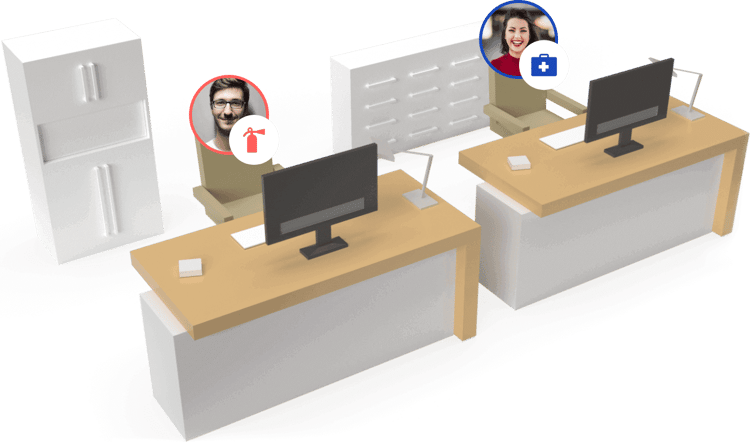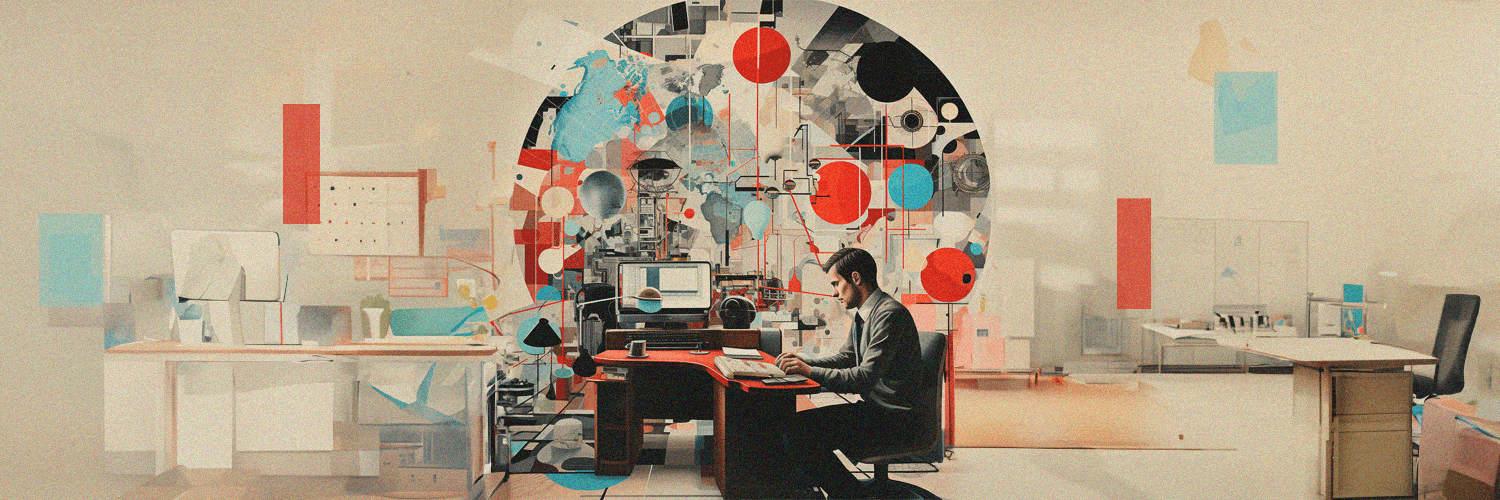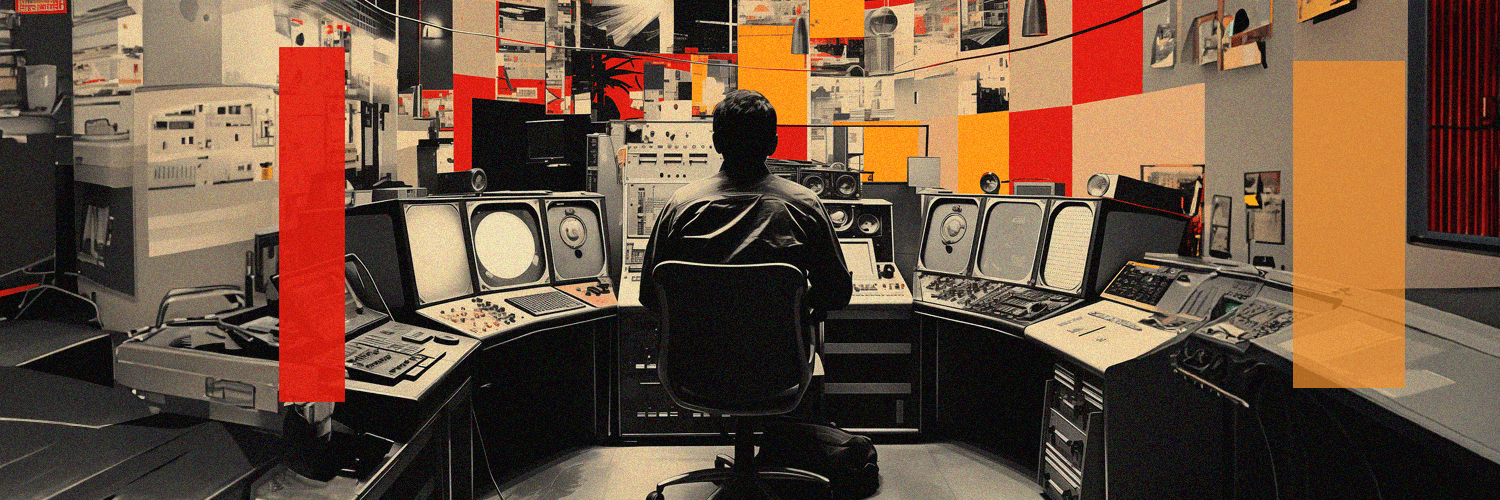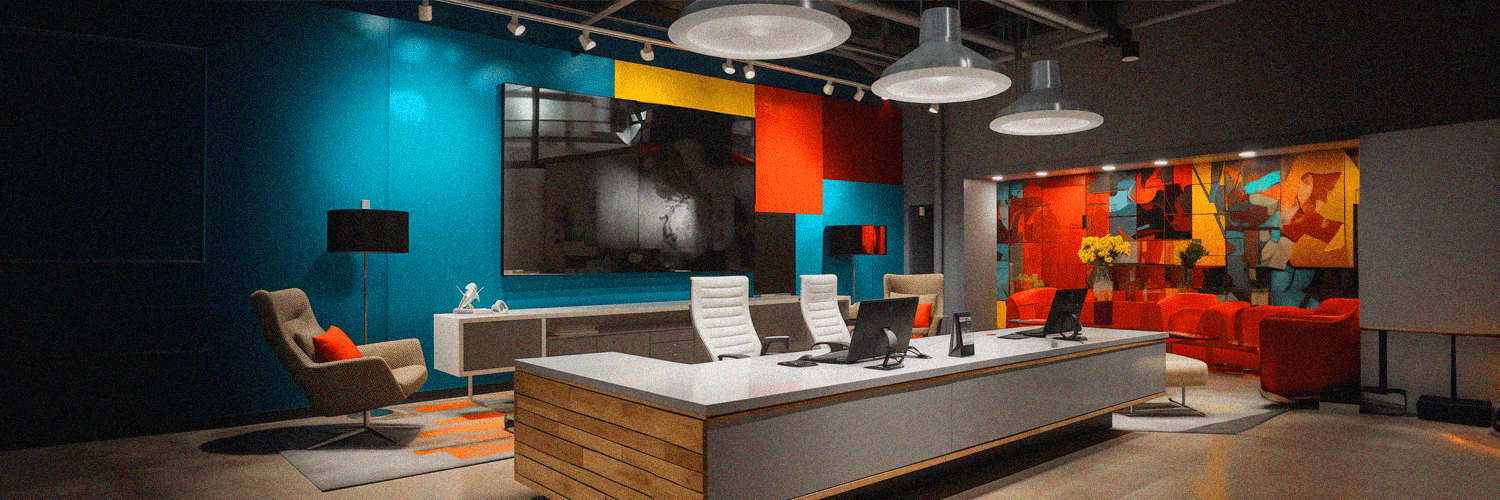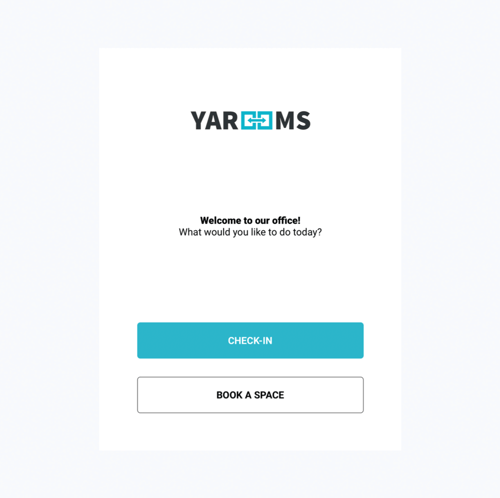
Workplace security & compliance in the hybrid work era
With the rise of hybrid work, where employees work both remotely and on-site, workplace security and compliance have become more important than ever before. Companies must implement strong security measures and compliance protocols to ensure the protection of physical and digital company assets as well as adherence to legal and regulatory requirements.
What tools can help you accomplish workplace security & compliance goals?
.png?width=1121&height=676&name=yarooms%20safety-01%20(1).png)
.png?width=1121&height=676&name=yarooms%20safety-01%20(1).png)

Simplify visitor management & screening
Upgrade the visitor registration process with a short compliance questionnaire which allows you to capture information necessary to stay in line with health, privacy, or security regulations.
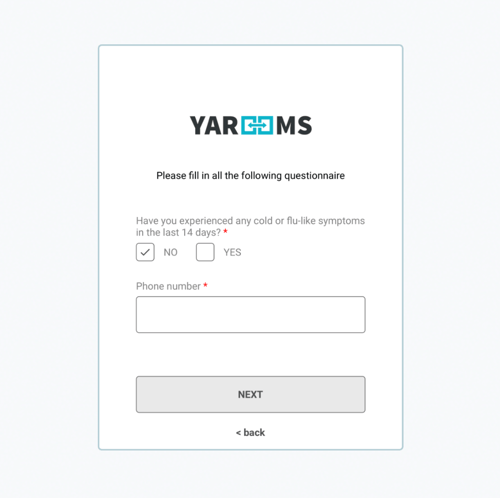
Ensure employee compliance
Create a compliance questionnaire that allows screening health status or other compliance aspects of employees. Employees will receive it before coming to the office.
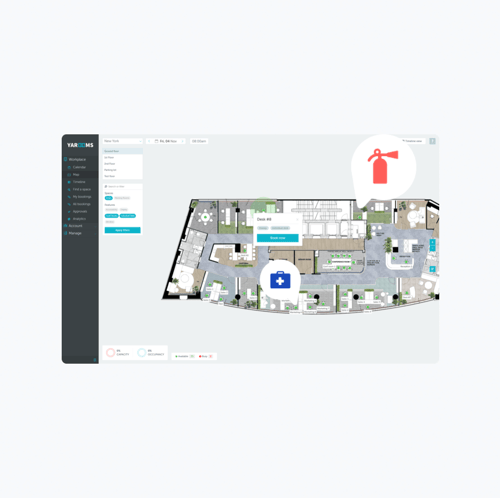
Enable emergency roles in the office
Create a culture of safety to minimize workplace hazards and comply with official regulations. Ensure a constant presence of Fire Safety or First Aid trained personnel in the office.
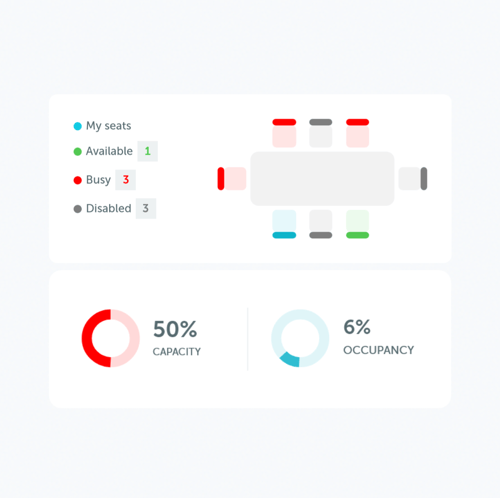
Manage office capacity with ease
Define optimal capacities of your shared facilities on the area, floor, or location levels. If needed, you can also disable specific areas or spaces for bookings.
Ensure safe workflows by connecting YAROOMS to the most popular workplace apps
✓ Implement YAROOMS in a short and secure way.
✓ Take your IT ecosystem to another level: make it serve your employees and workspaces.
✓ Save time: no code is required to activate YAROOMS integrations.
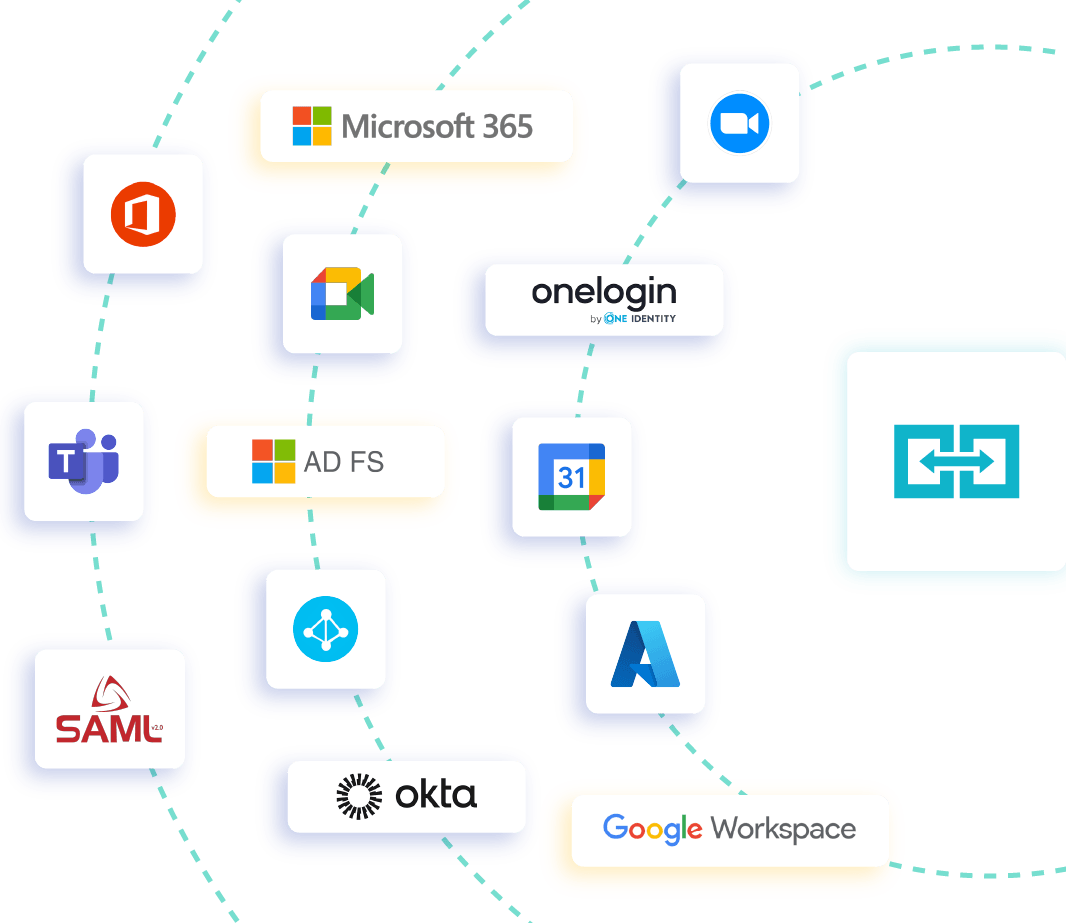

Fully committed to the highest security & compliance standards



Insights to get you started
Choosing the right workspace management system is no small feat. We collected a
couple of insightful resources to help you identify your needs and navigate
the sea of options. Continue your research:
FAQ: Workplace security & compliance
What is workplace compliance and why it's important?
Workplace compliance refers to the adherence of a company or organization to legal, regulatory, and ethical standards in its operations and dealings with employees, customers, and other stakeholders. It involves complying with laws related to labor practices, safety and health, environmental protection, data privacy, and other areas. Compliance is important because it helps to prevent legal and financial liabilities, protects the reputation of the organization, and fosters a safe and fair workplace for employees. Compliance also helps to build trust and confidence with customers and other stakeholders, and supports the overall success and sustainability of the business.
How to ensure workplace compliance?
Ensuring workplace compliance requires a comprehensive approach that involves various stakeholders within an organization. First, it is essential to have a clear understanding of the relevant laws and regulations that apply to the organization's operations. This may require consulting with legal or regulatory experts. Next, policies and procedures should be developed and communicated to employees to ensure that everyone is aware of their responsibilities and obligations. Training and education programs can also help to ensure that employees understand the importance of compliance and how to meet the requirements. Regular monitoring and reporting mechanisms can help to identify potential compliance issues and allow for corrective actions to be taken. Finally, regular audits and assessments can help to ensure that the organization remains in compliance and that any changes in laws or regulations are promptly addressed. Overall, ensuring workplace compliance requires a commitment to ethical behavior, a culture of accountability, and a willingness to invest in resources to achieve compliance objectives.
What is workplace security and why it is important?
Workplace security refers to the measures taken by an organization to protect its employees, assets, and information from harm or damage. This includes physical security such as access control, surveillance, and emergency response planning, as well as cybersecurity to safeguard against data breaches, cyber-attacks, and other digital threats. Workplace security is important because it helps to create a safe and secure work environment for employees, reduces the risk of theft or damage to company property, and safeguards sensitive information from unauthorized access or disclosure. Workplace security measures also help to maintain the trust and confidence of customers, suppliers, and other stakeholders, and can help to avoid legal and financial consequences in the event of a security breach or incident.
What are the examples of workplace security?
Examples of workplace security measures include physical security measures such as access control systems, CCTV cameras, security personnel, and alarm systems. Cybersecurity measures such as firewalls, antivirus software, and encryption are also important. Other examples include employee background checks, regular security training and drills, and policies and procedures for reporting security incidents. Emergency response plans for natural disasters, medical emergencies, and other crises are also important aspects of workplace security. Regular security assessments and audits can help to identify potential vulnerabilities and ensure that security measures are up-to-date and effective.
What is a workplace safety checklist?
Workplace safety checklist is a complete list of things to be done to make work settings safer. Your workplace safety checklist might include the following points:
- Make sure you have first aid and fire safety trained employees present in the workplace at all times.
- Establish safe distance between workstations in use and ensure that location capacity limits are respected.
- Make sure you are aware if your employees have any injuries or disabilities that might affect their safety when performing daily tasks.
What is employee health screening?
Employee health screening is the process of evaluating if your employees have COVID-19 symptoms and preventing the infection from spreading in the workplace.
Employee screening process can be implemented in different ways - from asking employees to self-monitor to providing and online screening tool or compliance questionnaire.
What are emergency procedures in the workplace?
Every workplace should have emergency procedures in place in the event of an emergency. Depending on the type of emergency, these procedures may vary, but typically they will include instructions for evacuating the building, what to do in the event of a fire, and how to contact emergency services.
It's important that all employees are familiar with these procedures, and that drills are conducted regularly so that everyone knows what to do in the event of an emergency. Emergencies can happen quickly and without warning, so it's essential that everyone is prepared and knows what to do.


